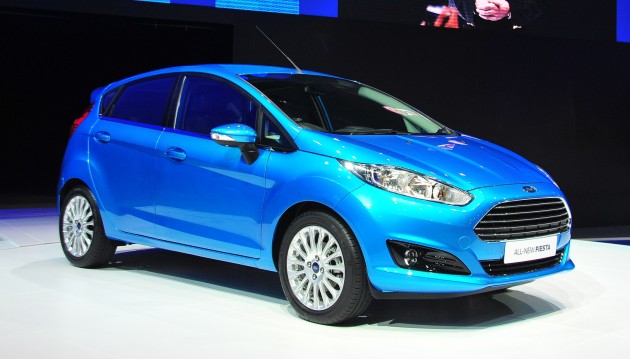Initially presented in 2008, the MiTo is Alfa's three-entryway hatchback supermini, so named as to connection Milan and Turin, the two Italian urban communities where the vehicle's particular styling and creation focuses are housed. In the seven years that the MiTo has been out and about, we've seen a mixed bag of exceptional versions for the lively conservative, each with its own particular tackle style and execution.
Presently, the European marque will offer another rendition called the MiTo Racer, which is booked to make its reality debut at the Geneva Motor Show this year. Alfa says the Racer is "focusing on a more develop demographic that is keen on new propensities," which essentially implies it accompanies various outside style and inside gear changes.
Will these new adjustments allure purchasers searching for an additional bit of execution, or will they simply indicate a considerable measure of all off next big think. From the off, the MiTo looks good. The front end is nicely sculpted, with the traditional reverse-pyramid Alfa grille and oval headlights that stretch back into the front fenders. Punctuating the lower air dam are twin fog lamps. From the side, things get even better, with a roofline that dips back into the rear hatch and gently curved windows that rise to meet it. The fenders have a bit of substance to them, and in the back, the round taillights keep the rear end looking tidy.
When it comes to styling, Alfa Romeo is justly famous for putting some very pretty cars on the road. The Racer has abundant chromed elements, such as a satin-chrome finish for the door handles and light frames both up front and around back. The exhaust tip also receives a chrome finish. Complementing the well-defined rear end is a sport bumper and spoiler.
The collection of paint colors sees new additions, with a total of eight new shades to choose from, including a new white and slate grey. Wheel selection is now in 17-inch alloys, with a bronzed polished finish. The side mirrors receive a similar treatment. It’s a color ill-suited to many vehicles, but on the MiTo Racer, I think it looks fantastic.
Alfa Romeo will be bringing a Hawthorn White example to Geneva, complete with the race checkered-flag sticker adorning the roof. Inside, things are equally nice. The seats, for example, are a pleasant mix between bolstered lateral support and comfortable plushness. The dash is agreeably laid out, with circular pods for the gauge cluster and air vents.
The MiTo racer adds brown eco-leather upholstery, which, once again, actually looks surprisingly good. There’s matching stitching, as well as Alfa Romeo branding across the headrests. This brown stitched leather is continued into the sporty, flat-bottomed steering wheel, gearshift lever, and hand brake. The steering wheel also has infotainment controls.
The brown-on-black theme is sustained in the foot wells, with further Alfa Romeo branding and matching stitching. Sport pedals keep the driver’s feet securely planted. Standard equipment includes manual temperature control, a UConnect infotainment system, a 5-inch touchscreen, Bluetooth interface, an auxiliary media input port, USB interface port, and voice command. Satellite navigation is available as an option.
Safety wise, the MiTo Racer comes with seven airbags and a tire-pressure monitoring system. While the MiTo Racer looks fabulous, both all around inside and out, the drivetrain is the place things go somewhat off-base. You would anticipate that Alfa Romeo will saturate this minimal front-motor, FWD hatchback with some additional get-up-and-go when naming it something so clearly execution situated. Lamentably, that is not the situation, as the accessible drivetrains remain indefensibly unaltered.
While an assortment of motor decisions are accessible, none truly experience the name "Racer." These incorporate a commonly suctioned, fuel fueled 1.4-liter with 78 torque, a turbocharged, gas controlled TwinAir 0.9-liter with 105 strength, a turbo-diesel JTDM 1.3-liter with 85 pull, a turbo-diesel JTDM 1.6-liter with 120 drive, and a top-range, turbocharged, gas controlled MultiAir 1.4-liter plant with 140 torque.
Joining the most noteworthy yield motor with Alfa's programmed twin-grip six-velocity gearbox, the quickest of-the-cluster MiTo Racer still takes an "un-racer-like" 8.1 seconds to achieve 6o mph from a stop, hitting a top speed just shy of 130 mph. Mileage and outflows are phenomenal however, with figures appraised at 44 mpg and 126 g/km separatelyDriver assists include an electronic stability control system, traction control, hill holder, and an electronic differential. Alfa Romeo plans on bringing the turbocharged 0.9-liter engine option to Geneva, which will accelerate to 60 mph in 11.2 seconds and reach a top speed of 112 mph.











